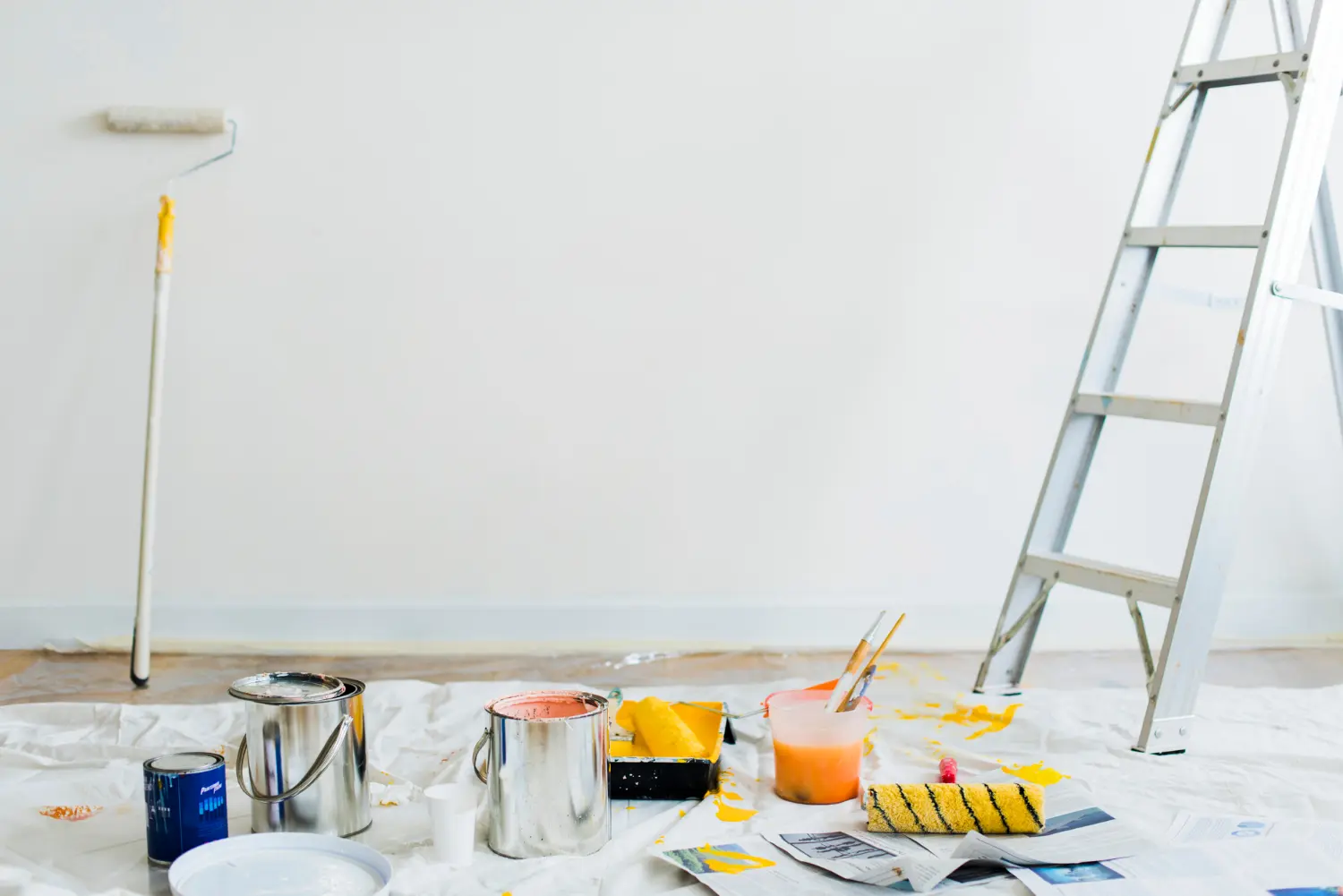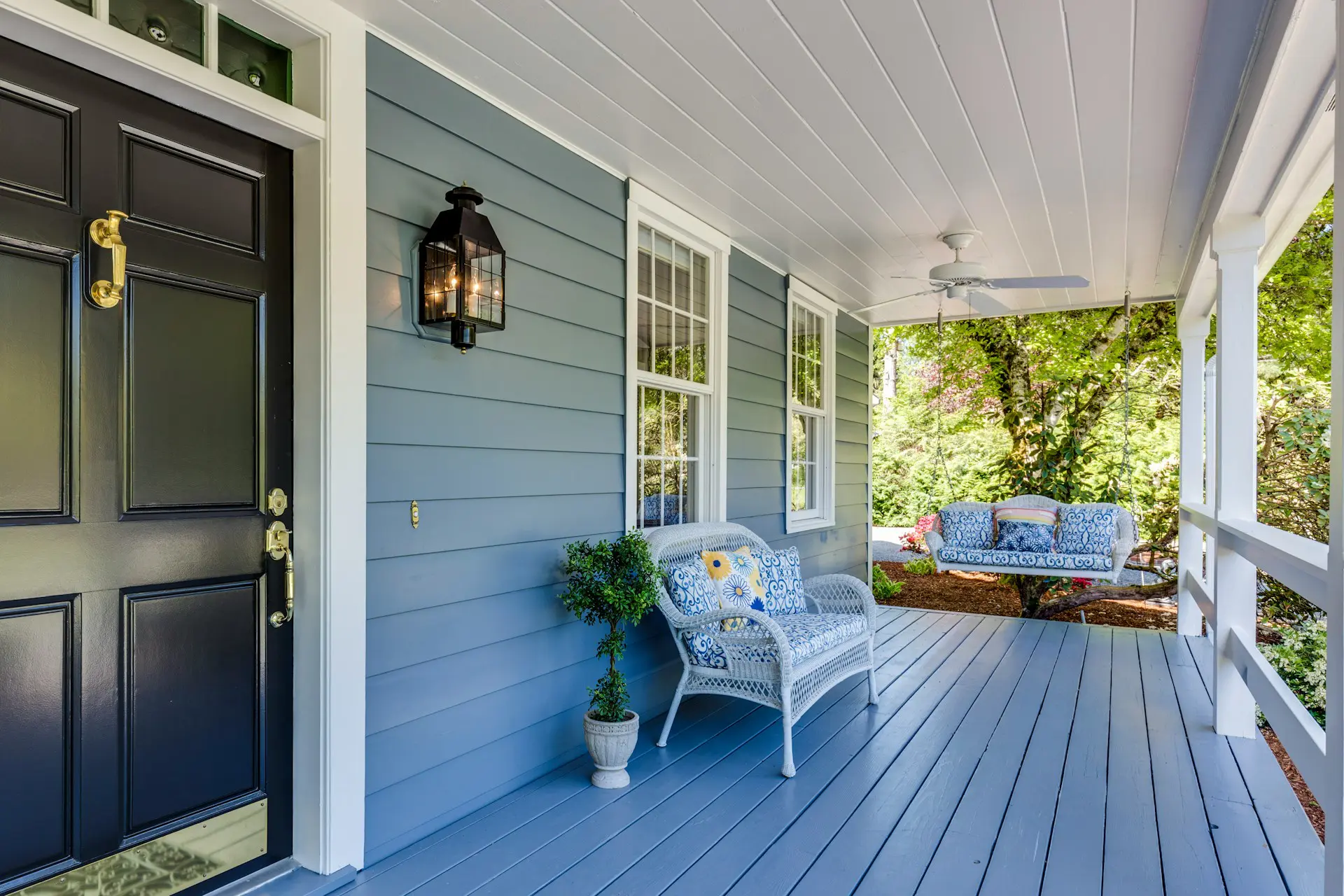Exterior Surfaces: Common Problems and their Causes
Spring is almost here and the time for exterior preventive maintenance has come!!!
This task is inevitable for home owners since the weather affects all exterior surfaces in many ways. Such task can also become very expensive if the weathering problems are not addressed periodically every 2-5 years as an average cycle for this region.The most common surfaces that suffer from abrasion and deterioration are surfaces such as wood, brick, stucco, vinyl, aluminum, iron, concrete/cement. The common problems and their causes have been described below, so you, the home owner; can understand what is happening around your home and why. Now, what are the solutions and what systems are to be applied in order to prevent them? We have all the answers for you. Contact us today so we can assist you in any exterior project!
[accordian]
[toggle title=”Alligatoring” open=”yes”]
Description: Patterned cracking in the paint film resembling the scales of an alligator.

Causes: (1) Application of a hard drying topcoat over a non-drying coating; (2) The top coat drying too quickly from being in the sun; (3) Natural aging of oil-based paints. As temperatures fluctuate, the constant expansion and contraction forces result in the loss of paint film elasticity and eventual cracking.
[/toggle]
[toggle title=”Blistering” open=”no”]
Description: Bubbles resulting from localized loss of adhesion and lifting of the paint film from the underlying surface.

Causes: (1) Painting a warm surface in direct sunlight; (2) Application of oil-based or alkyd paint (oil based) over a damp or wet surface; (3) Moisture escaping through the exterior walls; (4) Exposure of latex paint film (water based) to a dew, high humidity, or rain shortly after paint has dried, especially if there was inadequate surface preparation.
[/toggle]
[toggle title=”Chalking” open=”no”]
Description: Formation of fine powder on the surface of the paint film during weathering, which can cause color fading. Although, some degree of chalking is a normal, desirable way for a paint film to wear, excessive film erosion can result in heavy chalking.

Causes: (1) Use of an interior paint for exterior application; (2) Use of an alkyd based paint (oil). In general, alkyd based coatings will chalk more than their latex counterparts. Use a latex coating if the structure is subjected to severe sun exposure.
[/toggle]
[toggle title=”Cracking/Flacking” open=”no”]
Description: The splitting of a dry paint film through at least one coat, which will lead to complete failure of the paint. Early on, the problem appears as hairline cracks, later flaking of paint chips occurs.

Causes: (1) Older substrates with multiple layers of paint; (2) Overthinning the paint or spreading it too thin; (3) poor surface preparation, such as not using a primer over bare surfaces prior to the painting; (4) Painting under cool or windy conditions that make latex paint dry too fast; (5) Use of low quality paints, which will not adhere properly and have poor flexibility.
[/toggle]
[toggle title=”Efflorescence” open=”no”]
Description: It is often seen as a white fluffy deposit of salt crystals on cementitious wall surfaces. It depends on the presence of salt and moisture. The growth of crystals will continue as long as both are present. The salts are present in the mortar blocks or concrete structure and the moisture is usually attributable to some building defect. When emanating from mortar in brick or block buildings, efflorescence will appear as narrow bands corresponding to mortar joints.

Causes: (1) Failure to adequately prepare surface by removing all previous efflorescence; (2) Excess moisture escaping through the exterior masonry walls from the inside; (3) Insufficient curing time for new cement or mortar.
[/toggle]
[toggle title=”Fading/Poor Color Retention” open=”no”]
Description: Premature and/or excessive fading of the paint color, which often occurs on exterior surfaces facing southern and western exposures. This is relatively easy to see because hidden areas such as eaves will not usually fade. Fading/poor color retention can also be a result of chalking of the coating.

Causes: (1) Colors will fade slightly when exposed to intense sunlight; (2) Use of an altered paint, leading to rapid degradation (chalking) of the paint film; (3) Use of paint colors that are vulnerable to UV radiation, most notably, lighter reds, yellows and oranges.
[/toggle]
[toggle title=”Mildew and Algae” open=”no”]Description: Black, gray, or brown spots or areas found on the paint film or caulk bead.

Causes: (1) Continuously high humidity or dampness. As the humidity increases, mildew growth becomes more rapid; (2) High average temperature; (3) Poor ventilation. Still air increases mildew growth on any surface that provides a nutrient, even dirt; (4) Mildew occurs more often on light colors of paint film. colors that do not absorb the sun’s heat provide a surface for mildew growth. Dark colors become hot and discourage mildew growth; (5) Cement based products are more prone to support algae growth.
[/toggle]
[toggle title=”Peeling” open=”no”]Description: Paint or coating lifting from a surface due to poor adhesion. Peeling may involve one or several coats.

Causes: (1) Excessive moisture in the substrate – more likely if paint is oil based; (2) Painting over a dirty surface; i.e.-wax, mildew, grease, chalk; (3) Inadequate surface preparation; (4) Applying an oil based paint over a wet surface; (5) Earlier blistering of paint – see blistering; (6) Use of poor quality paints.
[/toggle]
[toggle title=”Tannin Staining” open=”no”]Description: Brownish or tan discoloration appearing on the paint surface due to wood tannins migrating from the substrate through the paint film. Tannin staining typically occurs with “staining woods,” such as redwood, cedar and mahogany, or over painted knots in certain other wood species.

Causes: All woods, but especially red-colored woods, contain a water soluble dye called tannin. Tannin is not soluble in most solvents. Application of latex topcoats directly to these red-colored woods may develop a red-colored stain on the finish coat. If the dry film is intact and discoloration occurs at a later date, then staining is being caused by water moisture within the board wall. This moisture will migrate and eventually carry staining substances from within the wood to the surface of the paint film.[/toggle]
[/accordian]










